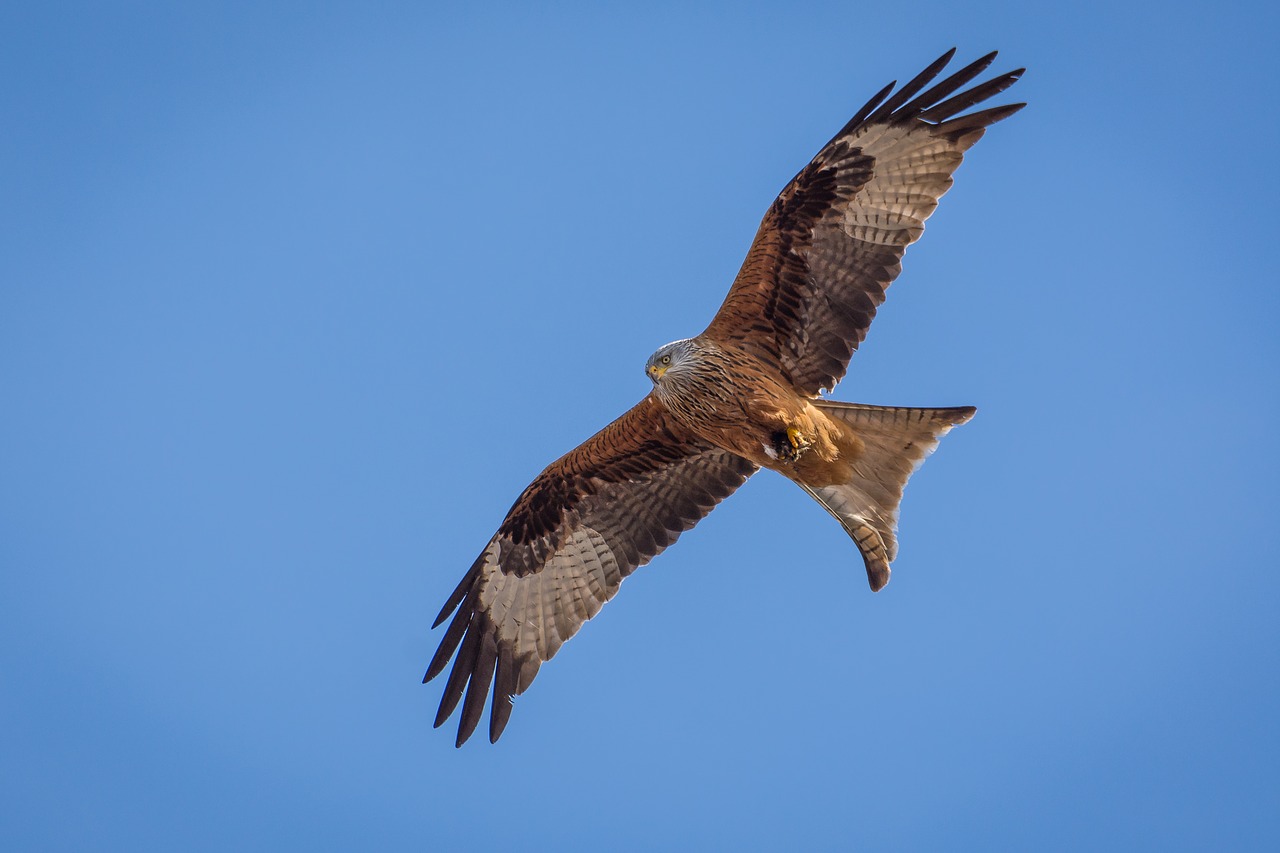Importance of a bird migration hot spot: proportion of the Swedish population of various raptors observed on autumn migration at Falsterbo 1986–1995 and population changes reflected by the migration figures
DOI:
https://doi.org/10.34080/os.v7.22975Keywords:
bird of prey, bird observatory, population studies, survey, monitoring, breeding success, winter ecologyAbstract
The importance of Falsterbo, Sweden, as a concentration site for migrating raptors was assessed by recording total numbers of various species during ten autumns 1986–1995. Population estimates and number of fledged young per pair were taken from the literature to estimate the Swedish autumn population. These estimates were compared with the average numbers of migrants at Falsterbo to see how large proportion was recorded there and if there was any difference between adults and juveniles. The proportion observed at Falsterbo varied from below 1% in Goshawk Accipiter gentilis to 38% in Red Kite Milvus milvus. Species with more southerly distribution (breeding closer to Falsterbo), like Red Kite and Marsh Harrier Circus aeruginosus were recorded to a higher degree compared to northerly species like Northern Harrier Circus cyaneus and Rough-legged Buzzard Buteo lagopus. Thermal migrants like Honey Buzzard Peris apivorus, Red Kite and Common Buzzard Buteo buteo were more concentrated at Falsterbo compared to active flyers like harriers and falcons, which are less inclined to follow leading lines. In most species a higher proportion of juveniles was recorded. This may be due to adults generally wintering further north or being less inclined to follow leading lines. Three species (Honey Buzzard, Rough-legged Buzzard and Peregrine Falco peregrinus) showed a higher percentage of adults. In these species I suggest the adults use their previous experience to follow established safe and efficient routes to their known winter quarters. Systematic autumn counts of migrating birds at Falsterbo have been conducted since 1973. The correlation of annual numbers with these standardised counts is significant in all species, although the average figures are between 38 and 214 percent higher in this study due to a better coverage. Most species are at the moment stable or increasing. Recent population increases in Red Kite, Marsh Harrier and Peregrine are very well reflected by the counts. Standardised migration counts at Falsterbo are presently the best way to follow long-time changes in the Swedish raptor populations.
Downloads

Downloads
Published
How to Cite
Issue
Section
License
The copyright of each contribution belongs to the author(s), but all contributions are published under a Creative Commons license, so that anyone is free to share and reuse the contribution as long as the copyright holder is attributed.







